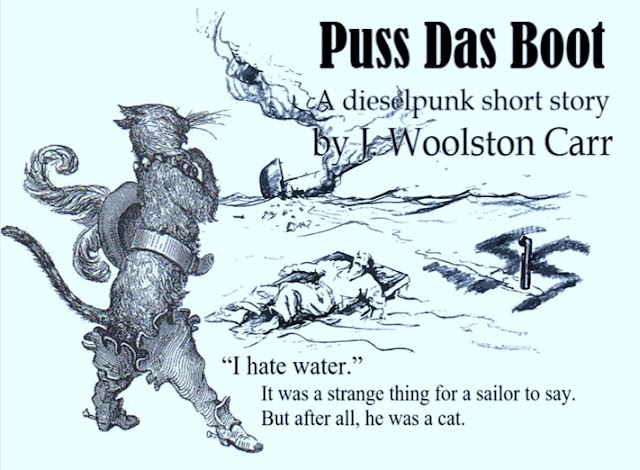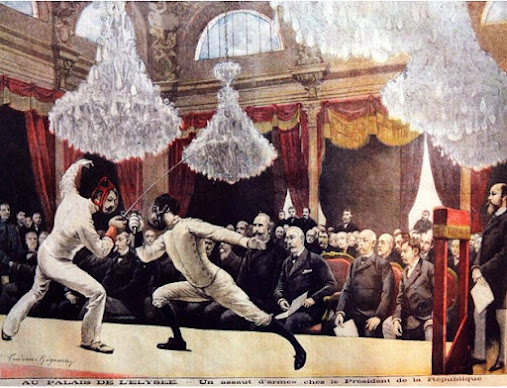Behind the Story: The Riddle and the Battle of Culloden 1746
Behind the Story of “The Riddle” recently published in the Dragon Soul Press anthology “Trickster”
 |
| Jacobite memorial cairn from Culloden |
The battle pitted the British forces of King George II (often contemptuously referred to by the Scots as the German King because of the Hanover heritage) under the command of the soon to be notorious Duke of Cumberland, against the Jacobite army of the Bonnie Prince Charles Stuart. The battle took place on April 16 1746. It was an attempt by the Catholic Stuarts to regain not only the throne in Scotland, but England as well. Cannons and cavalry routed the charging Scottish forces, leaving over 1,000 soldiers dead to the British 50. Cumberland earned the nickname ‘The Butcher’ for his brutality against the Jacobites after the battle.
This was not a battle of English against Scots, for both nations had soldiers on each side. As mentioned in the Riddle story, it was not an uncommon strategy for Scottish families to have members in both armies, hedging their bets for the family name no matter who was victorious. This is a plot point in Robert Louis Stevenson’s book “Master of Ballantrae”, which begins with the Jacobite uprising of 1745. In fact, some argue that more Scots fought for King George than for Prince Charles.
 |
| 1953 Movie adpation of Stevensons novel starring Errol Flynn |
While the battle is often depicted as
English Muskets over Highland swords, this is far from accurate. The Highlander
was armed with muskets, many supplied by the French. However, they did carry
the traditional arms as well, essential in their Highland Charge. The charge
was a feared action where the Highland warriors fire their muskets when within
range, then sprint across the battlefield, yelling and swinging their weapons.
The smoke from the musket fire would screen them, and when they reached the
front lines of the British the warriors skilled in hand-to-hand combat would
try to break the British line. It was not for the faint of heart, but often
terrifying to their opponents.
 |
| An Incident in the Rebellion of 1745, an oil on canvas, painting by David Morier |
A quote by John
Hume, a Scottish minister and soldier, perfectly illustrates the Highland
warrior: "Thy [the Highlanders] always appeared like warriors; as if their
arms [weapons] had been limbs and members of their bodies they were never seen
without them; they traveled, they attended fairs and markets, nay they went to
church with their broadswords and dirks."
The other
essential weapon for the charge was the wood and leather shield called a targe.
It was about 20 inches in diameter, the front usually covered in cowhide and
further strengthened with brass studs. Some of them might have a 10-inch spike
that screwed in to the boss in the center of the targe, adding another fearsome
weapon.
 |
| Highlander Basket-Hilt Broadsword and Targe |
The
traditional weapon of the Highlander was his dirk (Biodag, pronounced
beedak). The dirk was a long, straight stabbing knife up to 20 inches long,
ideal for close quarter fighting. The Highlander would swear his fealty to his
laird on the “holy iron” of the dirk. If he ever betrayed his laird, the same
dirk would be used to execute the highlander. In battle the Highlander might
carry the dirk in the hand that held his targe, possibly aiding in parrying a
bayonet thrust and giving quick access to a weapon if he lost his broadsword.
THE RIDDLE: Riddling Menus
Riddles have played a part in fairy tales and
myths for a long time, from Rumpelstiltskin to the Sphinx. They were also
popular entertainment in the 18th century. One of the more unusual
games of riddles was a riddle menu, or “Enigmatic Bills of Fare”, riddling menus that guests would be
expected to solve before ordering their meals. An example might be
“Mary’s Pet” written as an item on the menu. The answer would be Lamb, as in
Mary had a little lamb.
In the story, Grey uses riddles to keep his companion conscious as he suffers from wounds received at the battle of Culloden.
In Scottish folklore the Cat Sith
(pronounced shee) was a large black cat that haunted the Scottish Highlands. It
was marked by a black coat of fur with a white spot on the neck. The Cat Sith
had a counterpart in the Cu Sith, or fairy dog. They could be warded off with
the use of riddles or music.
 |
| The Cat Sith |
It may well have been inspired by the real Scottish wildcat, a species native to Britain. And more specifically the Kellas cat, once thought to be mythical but eventually captured in 1984 and found to be a hybrid between the Scottish wildcat and domestic cat. The Scottish Wildcat is an endangered species, and several organizations such as Wildcat Haven https://www.wildcathaven.com/ work to preserve the species.
 |
| Scottish Wildcat |
 |
| Kellas Cat |
Read the Riddle in the Dragon Soul Press anthology “Trickster” available in print and ebook on Amazon and other book outlets. https://shorturl.at/ktxKN






Comments
Post a Comment